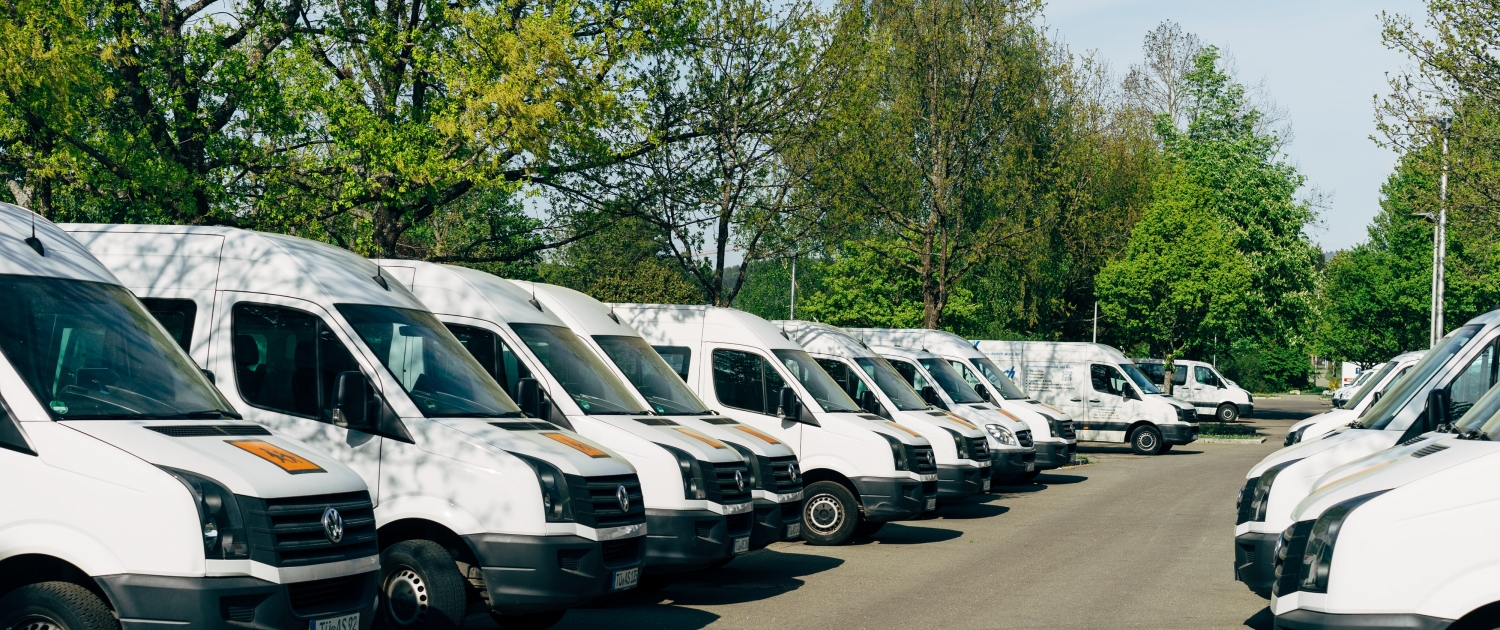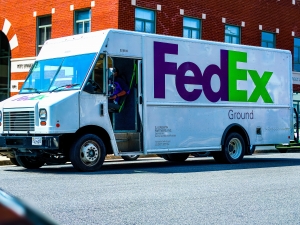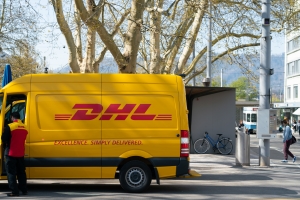
Are you looking to drive professionally? The type of driver’s license you hold can make all the difference.
In the U.S., you’ll need either a CDL (Commercial Driver’s License) or a non-CDL license, depending on the type of vehicle you plan to operate. Understanding the distinctions between these two licenses can help you choose the one that best fits your personal and professional goals.
Keep reading to find out the key differences between CDL and non-CDL licenses, which jobs require which kind of license, and the benefits and challenges of each.
What’s a CDL?
A Commercial Driver’s License (CDL) is required for any driver operating large commercial vehicles such as semi-trucks, tractor-trailers, or vehicles with a gross vehicle weight of 26,001 pounds or more. A CDL is also required for drivers who transport hazardous materials, carry over 15 passengers, or operate vehicles with a tanker or double/triple trailer.
To obtain a CDL, drivers must demonstrate that they have the necessary skills and knowledge to safely handle these larger and more complex vehicles. CDL holders must meet specific federal and state requirements, including:
- Must pass written and skills-based CDL tests
- Need to meet medical requirements (DOT physical)
- Age restrictions: 18 years old for intrastate driving, 21 years for interstate
- Some jobs require specific endorsements, including hazmat, tankers, or doubles/triples
What are CDL Jobs?
Having a CDL opens drivers up to a whole world of career opportunities. CDL holders generally earn more than non-CDL drivers due to a higher level of responsibility and the requirement to have more specialized skills.
There is also a consistently high demand for CDL drivers, especially with the ongoing truck driver shortage. This demand creates job security and a variety of career options for CDL holders, allowing them to choose from numerous industries and driving positions. Some common career paths for CDL drivers include:
- Long-haul trucking (OTR)
- Regional or local driving
- Tanker driving (liquid transport)
- Hazardous material transport
- Driving for specialized industries such as construction or waste management
- Passenger transport such as driving buses or shuttles
However, there are certain challenges and drawbacks to acquiring a CDL and holding a CDL job that every driver should be aware of.
Obtaining a CDL requires extensive training, passing tests, and paying driving school fees. These fees can range from $1,000 to $8,000, though some companies may offer sponsored programs or tuition reimbursement.
CDL drivers are also subject to federal regulations, including mandatory FMCSA rest periods and regular drug/alcohol testing. Many CDL jobs, especially OTR, involve being on the road for extended periods and require physical strength, dexterity, and stamina.
What are Non-CDL Jobs?
For those not looking to operate large commercial vehicles, a non-CDL license offers plenty of driving opportunities as well.
Non-CDL jobs typically involve operating smaller vehicles, such as delivery vans, box trucks, or light-duty service vehicles, and don’t require the same level of certification or responsibility as a CDL. These positions can be ideal for drivers who prefer local routes, more predictable schedules, and less stringent requirements, while still offering steady employment in a variety of industries.
These jobs have far fewer necessary qualifications, usually only requiring:
- A standard US driver’s license
- Some jobs may require light certifications or training, such as a forklift certification
- Less strict medical requirements.
- Age requirement is typically 18, with fewer restrictions on interstate driving
Non-CDL jobs tend to have more regular hours, making it easier to maintain a predictable schedule and better work-life balance. Job training is also minimal, often just requiring basic company-specific instruction for certain roles such as handling packages or operating company vehicles.
Some examples of non-CDL jobs include:
- Local delivery drivers such as UPS, Amazon, or FedEx
- Warehouse-to-store transportation
- Utility service vehicles
- Moving companies (small box trucks)
- Food and beverage delivery
- Courier services
Just like CDL jobs, it is essential to also consider the drawbacks and challenges. Due to the lower level of responsibility and simpler vehicle operation, non-CDL drivers typically earn less than their CDL counterparts.
Career growth can also be limited, as advancement opportunities are fewer without a CDL. Many non-CDL positions, especially in delivery or gig work, are part-time and may not offer benefits such as health insurance, paid time off, or retirement plans. Additionally, non-CDL jobs can be less stable and more vulnerable to market fluctuations, resulting in less job security.
Looking to learn more about other sectors of the transportation industry? Be sure to check out the rest of our Employer Blog posts and connect with us on social media for more industry updates and advice.


 A non-CDL driver job can be a great choice because they are much faster and cheaper to start than earning a CDL license. For many delivery, box truck, and hotshot jobs, you will be able to start very quickly. If a CDL is not required, the only training you will need is typically provided with your new position. Similarly, there’s
A non-CDL driver job can be a great choice because they are much faster and cheaper to start than earning a CDL license. For many delivery, box truck, and hotshot jobs, you will be able to start very quickly. If a CDL is not required, the only training you will need is typically provided with your new position. Similarly, there’s 


